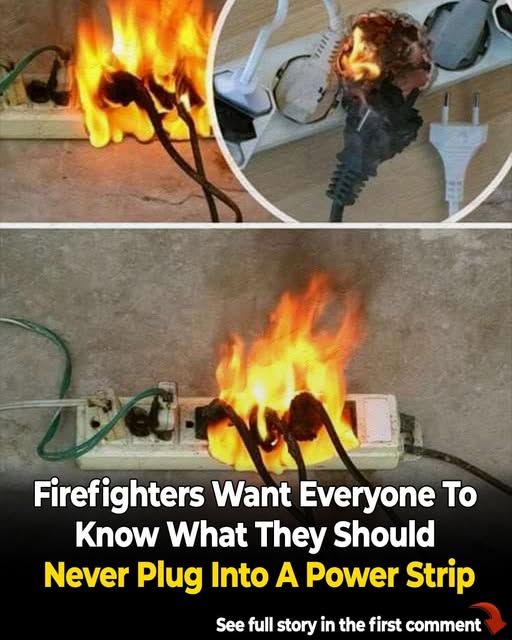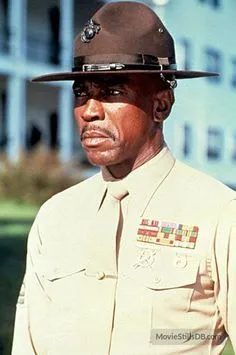Firefighters Warn Against Plugging These Items Into Power Strips
Fire Safety Alert: What Not to Plug Into a Power Strip
As the northern hemisphere dives into winter, heating systems hum to life, and many of us pull out space heaters from storage. Firefighters warn that some common practices can put your home at serious risk.
Space Heaters: Never Use a Power Strip
Space heaters are a winter staple, keeping homes cozy as icy winds blow outside. However, Oregon firefighters issued a clear warning: never plug a space heater into a power strip.
“These units aren’t designed for the high current flow space heaters require,” Umatilla County Fire District #1 in Hermiston, Oregon, explained on Facebook. “Plugging them into a power strip can overheat the device or start a fire.”
Thousands of people remain unaware of this danger, and the post quickly went viral.
Real-Life Risks
The Toledo Fire Department in Ohio echoed the warning after a house fire caused by a space heater plugged into a power strip destroyed an entire home. Space heaters can reach up to 600°F, so safety is crucial. Firefighters recommend:
- Plug heaters directly into a wall outlet, never a power strip.
- Maintain at least three feet of clearance around the heater.
- Never leave a heater unattended or running while you sleep.
- Place heaters on flat, level surfaces, not on furniture, carpets, or cabinets.
The Consumer Product Safety Commission reports that portable electric heaters cause 1,200 fires per year. Proper use is key—equipment itself is safe, but reckless use is dangerous.
Preventing Electrical Fires
Even in winter, most electrical fires are preventable. Follow these safety tips:
1. Unplug Heat-Producing Appliances
Always disconnect items like:
- Hair tools
- Kettles
- Space heaters
Unplugging prevents overheating or accidental activation during surges.
2. Use Extension Cords Temporarily
Extension cords are not for permanent use. If you need extra outlets, hire an electrician to install them.
3. Keep the Third Prong
The third prong protects against electrical malfunctions. Replace outdated two-prong outlets to enhance safety.
4. Upgrade Old Electrical Systems
Older homes are prone to overheating. Have an electrician evaluate your system and consider upgrades.
5. Avoid Damaged Power Cords
Do not use cords that are:
- Frayed
- Broken
- Loose
- Cracked
6. Follow Appliance Instructions
Manuals exist for a reason—they provide safety instructions, including fire precautions and recall information.
7. Watch for Trouble Signs
Stop using appliances if you notice:
- Burn marks or discoloration on sockets
- Hot cords, plugs, or appliances
- Burning smells
- Sparks or shocks when plugging in
- Flickering lights or tripping breakers
Finally, install smoke detectors in every room and ensure they work properly. Early alerts save lives.






